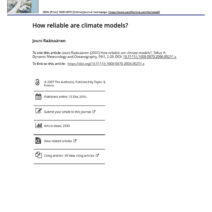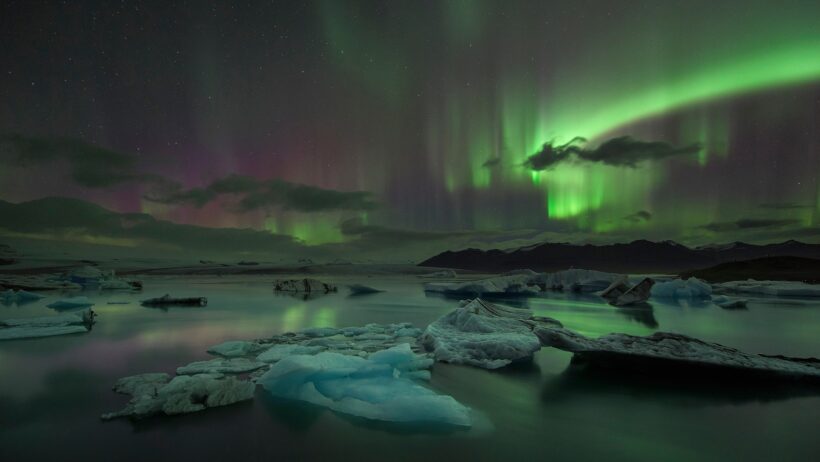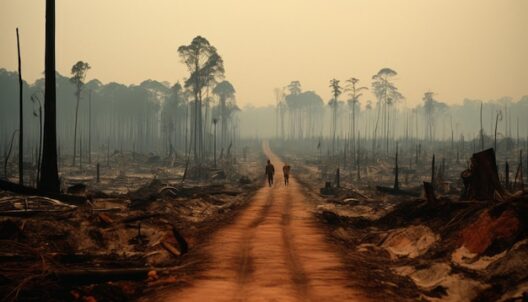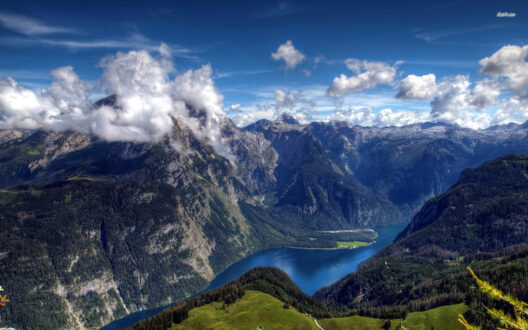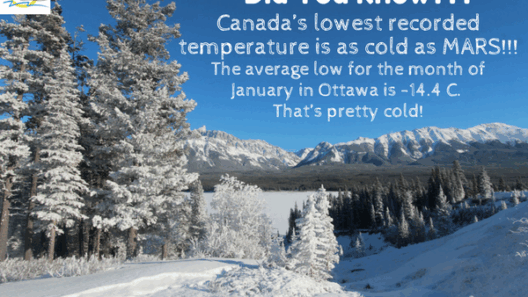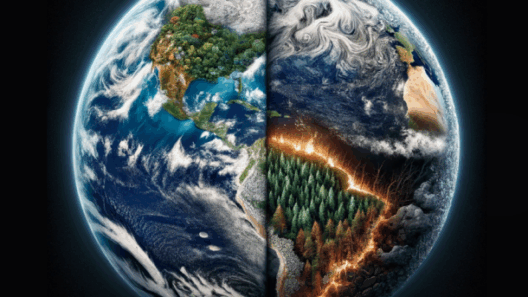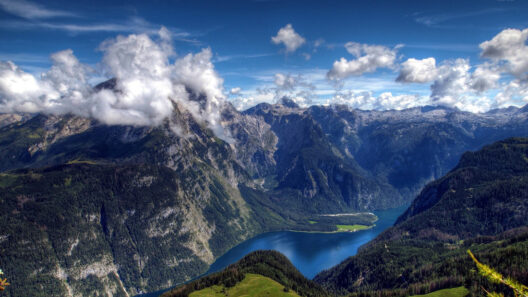Iceland, a land of juxtaposition, boasts a climate that is shaped by its unique geography and geothermal characteristics. Often described as a land of fire and ice, this island nation presents intriguing weather phenomena, ranging from frosty expanses to vibrant skies lit by auroras. As we delve into the question—”What is the climate of Iceland?”—we uncover layers of complexity that define not only its temperature but also its ecological state.
To comprehend Iceland’s climate, one must first appreciate its geographical positioning. Situated just below the Arctic Circle, Iceland experiences a subarctic climate in the interior and a maritime climate along its coastal regions. This positioning leads to considerable variability in weather patterns, fostering an environment where unpredictable conditions reign supreme. Have you ever pondered how such striking contrasts can exist in one landmass?
The country’s climatic idiosyncrasies are heavily influenced by the North Atlantic Current, a powerful warm oceanic stream. While it mitigates the harshness of winter in coastal areas, temperatures can still plummet dramatically during the colder months. In Reykjavík, for example, winter temperatures hover around -1°C (30°F), whereas summer finds the city basking in mild warmth, averaging about 11°C (52°F). This fluctuation poses a challenge for agriculture and infrastructure, as the land must be navigated through extremes.
Within Iceland, weather can change rapidly, often from one moment to the next. Have you ever tried to plan a trip while keeping one eye on the forecast and the other on the sky? In Iceland, this challenge is magnified. Snow may dance onto the landscape one hour and swiftly transform into rain or sunshine the next. Such unpredictable changes are emblematic of its climate, where multiple weather systems coexist. This phenomenon not only creates an exciting atmosphere but also necessitates adaptability for those living there.
Iceland’s volcanic landscape complicates its climate further. The island houses numerous active and dormant volcanoes, contributing to a rich geothermal activity that enhances local weather conditions. During eruptions, volcanic ash can influence temperatures and even climate patterns in surrounding regions. The eruption of Eyjafjallajökull in 2010, famously disrupting air travel across Europe, exemplifies this far-reaching impact. The interaction between geological activity and atmospheric conditions serves as a reminder of the planet’s dynamic nature.
While addressing temperature, precipitation is another critical aspect of Iceland’s climate. With an average annual precipitation of around 1,500 millimeters (59 inches), it is not as dry as one might expect. Moreover, the precipitation primarily occurs during the autumn and winter months. The northern regions receive substantial snowfall, while the more temperate southern areas encounter rain. Harnessing water resources, particularly in the face of climate change, remains an ongoing challenge for Icelanders, as they navigate water management amidst shifting patterns.
Though the climate may pose challenges, it also gives rise to breathtaking spectacles, with the Northern Lights, or Aurora Borealis, standing out as one of its most mesmerizing phenomena. This ethereal light display, characterized by shimmering hues of green, purple, and pink, draws enthusiasts from around the globe. The phenomenon occurs due to solar winds interacting with Earth’s magnetic field, creating stunning light shows visible during the darker months. Isn’t it astonishing to think that the beauty of the skies is intricately linked to solar activities far beyond our planet?
The best time to witness this celestial display is from September to April when the nights are longest and darkest. Although the Northern Lights are primarily associated with cold weather, their mesmerizing beauty captures the hearts of all who encounter them. This contrasts significantly with Iceland’s warm geothermal springs, such as the famous Blue Lagoon, which present a different kind of allure yet reinforce the country’s themes of heat and cold coexisting harmoniously.
As we examine Iceland’s climate, it becomes evident that the interplay of its geographical features, volcanic activity, and atmospheric phenomena paints a vivid portrait of an extraordinary environment. However, Iceland is not immune to the impacts of climate change. Rising temperatures are beginning to alter precipitation patterns, causing concern for ecosystems and communities alike. Glaciers, once sprawling ice masses, are receding alarmingly; this phenomenon poses critical implications not only for local biodiversity but also for global sea levels.
As climate advocates and citizens, it is essential to recognize the responsibility we bear in mitigating these changes. What if we could harness Iceland’s geothermal energy more efficiently, setting a precedent for sustainable practices worldwide? By prioritizing renewable energy sources, leveraging the land’s unique geological characteristics, and fostering a culture of conservation, Iceland has the potential to lead by example in the global fight against climate change.
In summation, Iceland’s climate, characterized by its volcanic cold and enchanting northern lights, embodies a complex tapestry of natural phenomena. The striking contrasts challenge both the people and ecosystems residing within, urging innovative solutions in the face of climate variations. As the world looks towards more sustainable futures, we can draw inspiration from the resilience and adaptability demonstrated in this remarkable island nation. Inquiries about how we can collectively respond to these climatic challenges remain paramount, beckoning us to engage actively in the discourse surrounding environmental stewardship.

